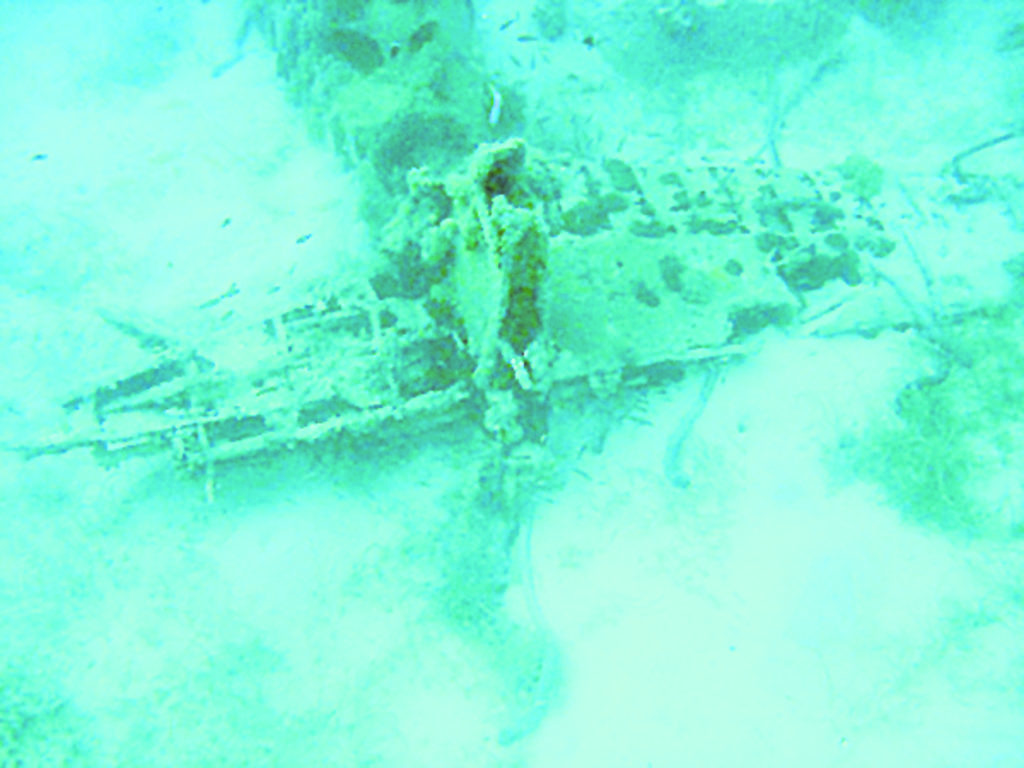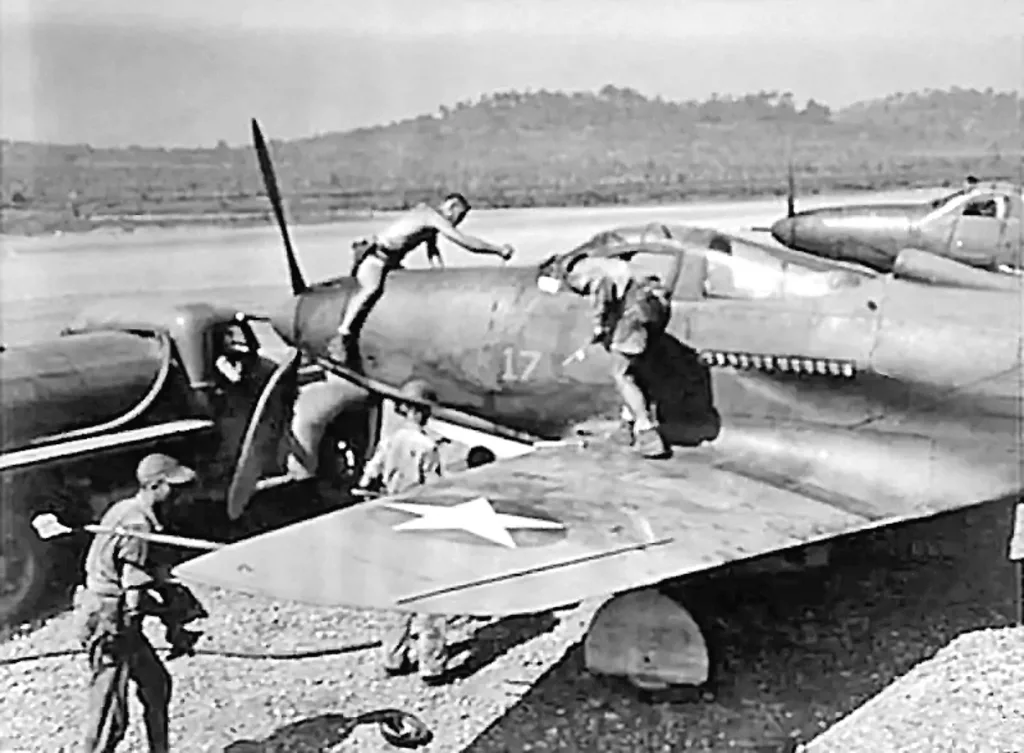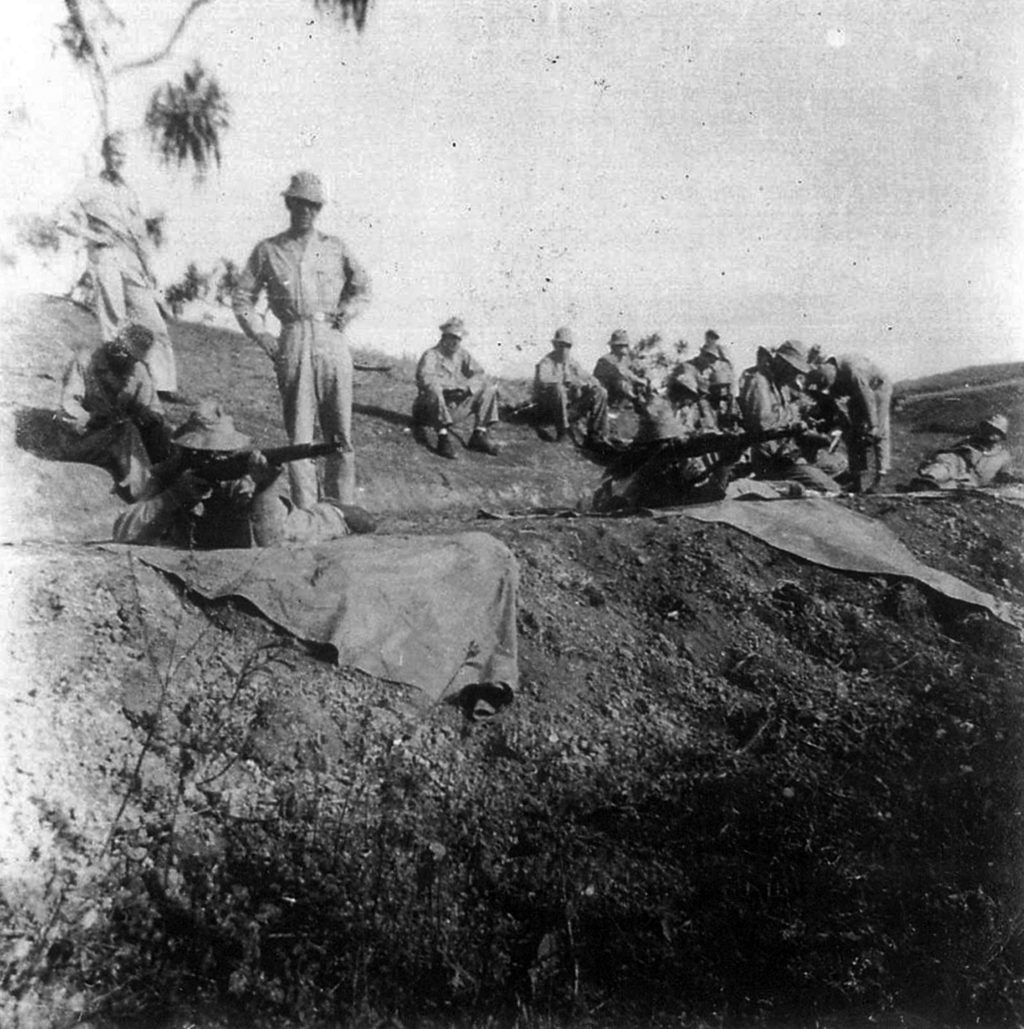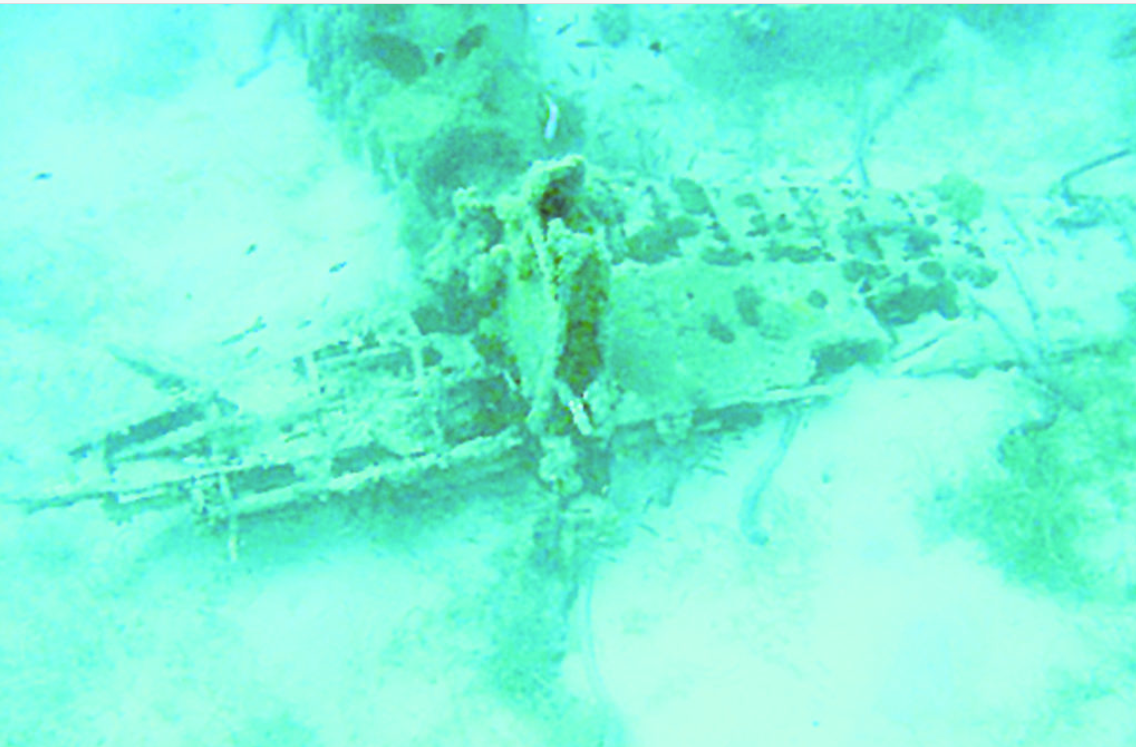BENEATH the shifting tides of the Pacific ocean, lies countless war relics that have been long forgotten.
Swallowed by the sea, they fall prey to the sea’s enormity and might.
In Fiji, the remnant of an old war combat aircraft, a P-39 Airacobra has been lying quietly in Naviti waters in the Yasawa Group since the 1940s.
Discovered in shallow waters, the wreck holds a piece of history and a physical reminder of World War II in the Pacific and Fiji’s involvement in promoting world peace.
The P-39 Airacobra
With its massive production during WWII, combat aircraft became a popular form of defence and Americans used them to fight off their enemy in the Pacific.
One particular combat aircraft used during WWII was the Bell P-39 Airacobra, often referred to as “Iron Dog” by its pilots because it was tricky to fly with its many quirks.
The Bell P-39, as described by the website pacificwrecks.com ,was the only fighter aircraft available at the time to most U.S Army Air Corps pursuit squadrons and U.S Army Air Force fighter squadrons, prewar and in the early months of WWII.
According to the website the aircraft was considered a front-line fighter during 1942 until late 1944. It was armed with a 37mm cannon with 30 rounds of ammunition.
The late US Brigadier General, Clarence “Bud” Anderson who was the last American fighter pilot known as a “Triple Ace” for downing 16 German planes during WWII had described the Bell P-39 in an interview with Flight Line Media before he passed.
Brig-Gen Anderson said even though the aircraft was a frontline fighter during WWII it was not fast and would poop out at about 15,000 feet.
He said the plane was innovative as it had a tricycle landing gear.
The plane, Brig-Gen Anderson added had an engine that was mounted in the middle of the airplane right behind the pilot and had a long shaft under the floor (out to the nose to the bottom of the planetary gear) that drove the propeller.
“That left a big hole in the bottom of the engine, so it could have a 37mm cannon or a 20mm,” he said.
“It had machine guns in the wing and could drop bombs and things like that. The cockpit was close, and it had automobile type doors and a roll-up window just like a car.
“It was fun to fly, as far as I was concerned but it did have some bad stall characteristics because the ACG (Aircraft Centre of Gravity) of the airplane was more towards the rear.”
The Bell P-39 was designed by the Bell Aircraft Corporation and according to the Military Aviation Museum, it holds the record for the highest number of enemy aircraft victories attributed to any US-built fighter in history.
The aircraft was built in Wheatfield, New York and was shipped to Australia where it was reassembled and assigned to the 36th Fighter Squadron, 8th Fighter Group based in Anthill Plains Aerodrome in Townsville, Queensland.
From Queensland it set out for Port Moresby, Papua New Guinea as part of the U.S effort to slow Japanese advance in the Pacific region.
Discovered in Fiji
As the U.S worked closely with troops in the Pacific during WWII, it was common for American combat aircrafts to hover across the Pacific, with Fiji quickly becoming a base for allied forces.
Units and bases were set up, and the air was ruled by combat aircrafts.
Even though WWII is a conflict receding into the pages of history, there are still remnants that remind us of that devastating past and the sacrifices made by those that fought in the war.
In Fiji there are old battery gun sites, air raid shelters, tunnels, hospitals and wreckage that take us back to the past.
One particular remnant is the US Air Force P-39 Airacobra wreckage submerged at a lagoon in Naviti, Yasawa.
The aircraft was believed to have been piloted by a Lieutenant John H. Fitzgerald. It was later discovered by divers while diving in Fiji.
Different accounts have been shared about how the P-39 Airacobra might have ended up at the bottom of the shallow waters of Naviti but one thing is certain – that it was a P-39 Airacobra, that was used during the war.
The area where the wreckage was found has since been called the Spitfire Lagoon.
Story behind the wreckage
While many tourists and sailors have seen the wreck, there is still no clear account of what caused the Airacobra to be submerged in Naviti.
One historical account incorrectly claimed that a spitfire ditched out of fuel at the time. When that occurred, the pilot waited for rescue, but none arrived.
The pilot then integrated with the local Fijian tribe and was posted as missing in action, got married, had a child and was living on the island.
Another likely accurate account of the incident was published in this newspaper on Friday September 28, 1984.
The Fiji Times reported that the area where the wreck was found had been used for bombing practices and that a Catalina and Airacobra had collided there.
The wreck of the Airacobra rested in Soso Bay in Naviti but the other plane was never found.
The details of the Catalina and Airacobra colliding was shared by the Fiji Naval Squadron to divers that visited the wreck site in 1984.
More on this story next week …….
History being the subject it is, a group’s version of events may not be the same as that held by another group. When publishing one account, it is not our intention to cause division or to disrespect other oral traditions. Those with a different version can contact us so we can publish your account of history too — Editor.
The Bell P-39 Airacobra submerged at Naviti lagoon.
Picture: AL GRANT/PACIFIC WRECKS

U.S. Army Air Forces crewmen service Bell P-39D Airacobra fighters of the 8th Fighter Group at Seven Mile airfield, near Port Moresby, New Guinea, in July 1942.
Picture: AUSTRALIAN WAR MEMORIAL

The soldiers of the American 182nd Infantry drill at a rifle range in Fiji. Picture: Jack Morton Collection.

Part of the P-39 Airacobra found Naviti. Picture: AL GRANT/PACIFIC WRECKS

Bell P-39 Airacobra assembled and tested in Fiji during WWII. Picture: WWW.WIKIWAND.COM



